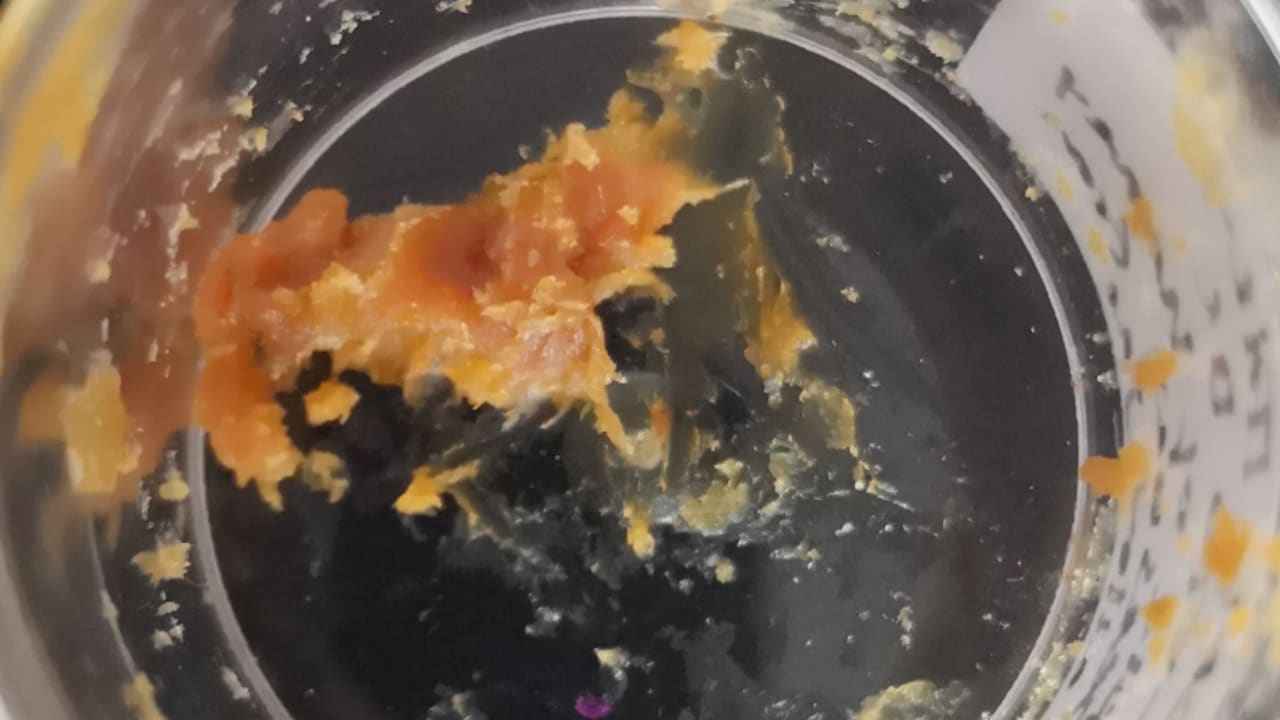ByJERUSALEM POST STAFF
Reanalysis led by da Costa Carvalho used gas chromatography and mass spectrometry to detect royal jelly proteins and intact hexose sugars, settling a decades-old debate.
In early 2024 a team of chemists and archaeologists from the University of Oxford reopened a mystery first raised in 1954, when eight bronze jars packed with a tar-like crust were excavated from an underground heroön at Paestum in southern Italy. Earlier studies had suggested animal fat or vegetable oil, but the Oxford group used gas chromatography–mass spectrometry, proteomics, and other tools to examine the orange-brown residue now kept in the Ashmolean Museum.
The molecular profile matched modern beeswax and honey almost exactly, providing what the Journal of the American Chemical Society described as the first direct chemical evidence of honey offerings inside a Greek sanctuary. Intact hexose sugars appeared in far higher concentrations than in modern beeswax controls, and peptides unique to the western honeybee (Apis mellifera) as well as royal jelly proteins confirmed an apicultural origin. Where the residue touched the bronze walls, degraded sugars were complexed with copper ions, a biocidal combination that likely protected the fragile molecules for 2,500 years.
“Ancient residues aren’t just traces of what people ate or offered to the gods — they are complex chemical ecosystems,” said Luciana da Costa Carvalho, the project’s lead chemist, according to Popular Science. She added that mass-spectrometric techniques finally exposed compounds invisible to the three research teams that examined the jars between the 1950s and 1980s.
Microbial activity probably consumed much of the original sugar, generating acids that further altered the mix. “The smoking gun for honey was finding sugars right in the heart of the residue,” said Carvalho, reported New Scientist. She noted that the presence of royal jelly proteins indicates whole honeycomb rather than filtered honey.
Paestum’s shrine was dedicated to Is of Helice, a mythic founder revered by colonists who fled the destroyed city of Sybaris. Honey, prized in antiquity as food, medicine, and funerary offering, fit those rituals. “Confirming honey offerings in a shrine at Paestum tells us exactly how people chose to honour their deities and what ideas they held about the afterlife,” said Carvalho in New Scientist.
“It tastes like honeycomb that has been rinsed—but a little more sour,” she joked to Kompas, though she declined an actual bite. Carvalho argued that museum storerooms across Europe hold similar residues ready for reanalysis, because instrumentation keeps advancing.


















